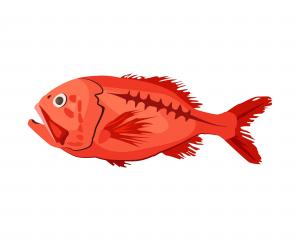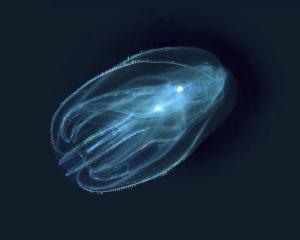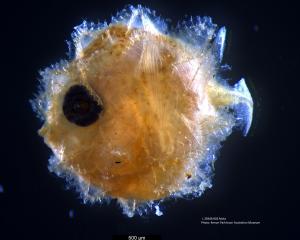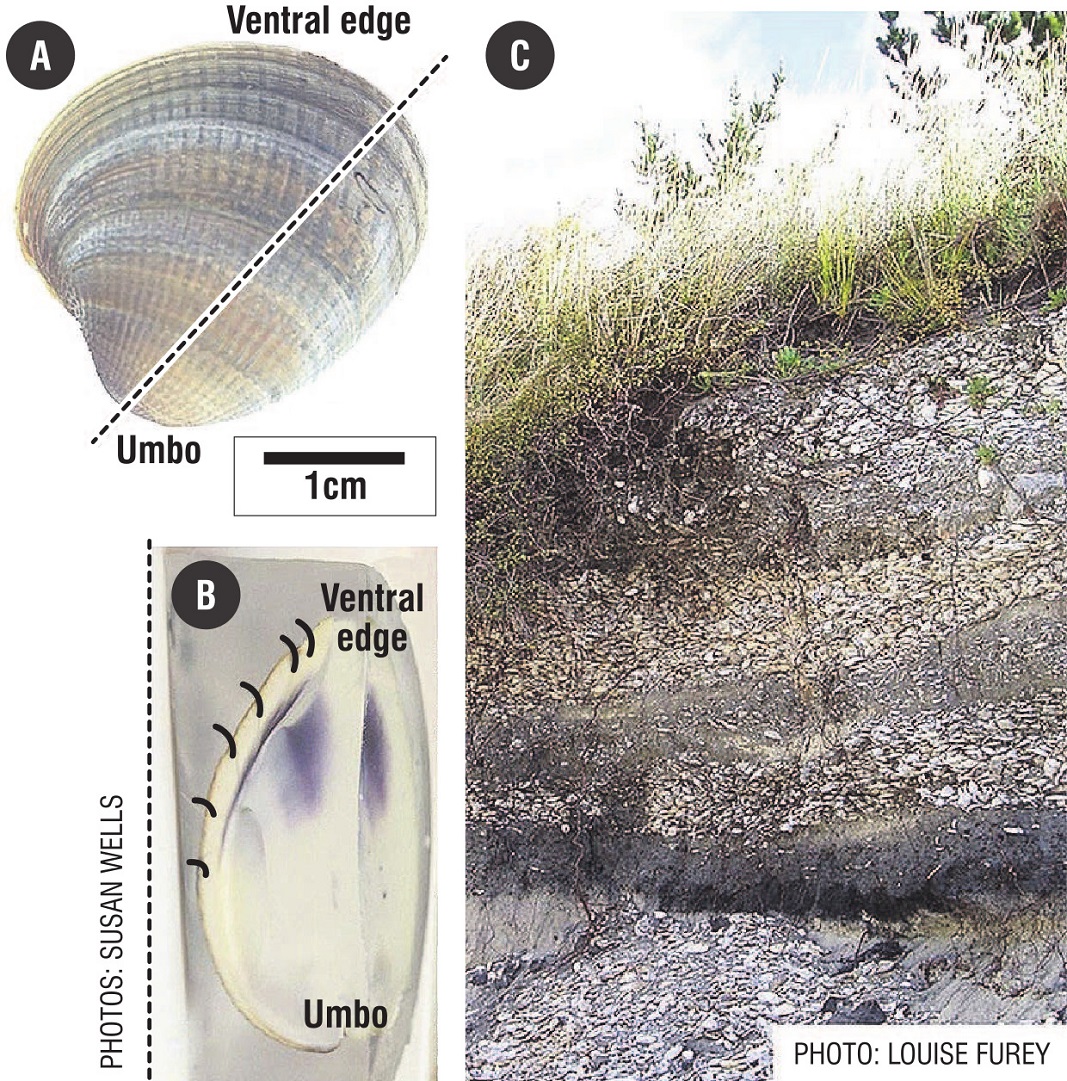
Actually they aren’t cockles. Captain Cook remarked on their similarity to European cockles, but they are really venus clams (in the family Veneridae). The genus Austrovenus is restricted to New Zealand, its single species found from the far north to the subantarctic and Chatham Islands, with the largest ones in the far south. The closest relatives of Austrovenus seem to be from the Americas. In Italy, other venus-clam species are commonly served up in spaghetti vongole.
Some years ago I was interested in how much cockle shell material is produced every year in Otago Harbour. I did some digging (both literally and in books) and found that adult tuaki in Otago Harbour weigh about 20g-30g and are about 7-10 years old. That means each one produces something like 2g-3g of shell each year. If you factor in how many there are, that comes to about 4000 tonnes of shell produced in Otago Harbour, every year.

Where does that shell come from? Unlike people, who eat food and then make bones from it, molluscs make their external skeletons straight from seawater. They extract calcium, carbon and oxygen and organise them into crystalline layers of a mineral called Aragonite. Many of them, including tuaki, actually lay down annual bands that can be used to count the years that the animal was alive. Like tree-rings, the bands also tell us how fast they grew, identifying good years and bad.
Where do all those shells go? Some come with us when we bring a feed of cockles home, as we throw the shells on to the drive or into the garden. Some get eroded away, or broken up in waves. Some go to restaurants or overseas as Southern Clams (the total allowable catch in Otago is 1470 tonnes, only a small proportion of what’s out there).
Cockles are the favourite food of oystercatchers (in spite of their name). An adult oystercatcher has been estimated to eat over 100,000 cockles a year. There are about 5000 tōrea-pango/variable oystercatchers and about 110,000 tōrea/South Island pied oystercatchers (both species are only found in New Zealand). So they can account for about 11 billion cockles per year, but of course they don’t eat the shells.
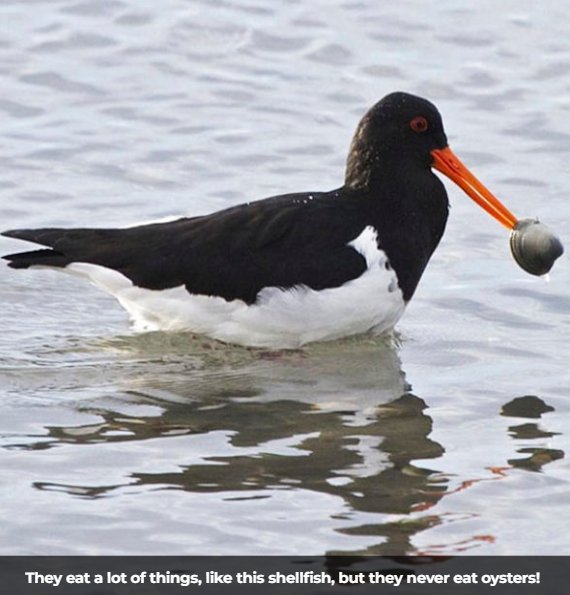
Surprisingly, dead seashells form a useful part of the coastal ecosystem. Bacteria, algae, sponges, bryozoans and barnacles settle on the dead shells, forming tiny mini-reefs. Piles of shells can form larger reefs, attracting fish and providing nursery habitats. In fact, people have shovelled dead shells into deeper water to form "natural-artificial" reefs, often with more success than reefs made of old tires or cars.
Out in the rest of the world, people do use clam shells. They are scattered in gardens to adjust soil pH and protect from insects. Crushed shells are fed to chickens, used in concrete, for bone repair and in water filtration. Whole shells are used for art and craft. After all, there are plenty of them.
Whether we use the shells, put them in the garden, or leave them in the sea, cockles themselves are delicious, and a pretty sustainable source of protein. There are lots of them; they grow fast; and they reproduce readily. That’s the kind of seafood we should be eating. Plus it’s fun to dig tuaki with your whanau and take them home for steaming or opening on the barbecue. Guilt-free sustainable seafood is rare from Dublin to Dunedin — enjoy it!
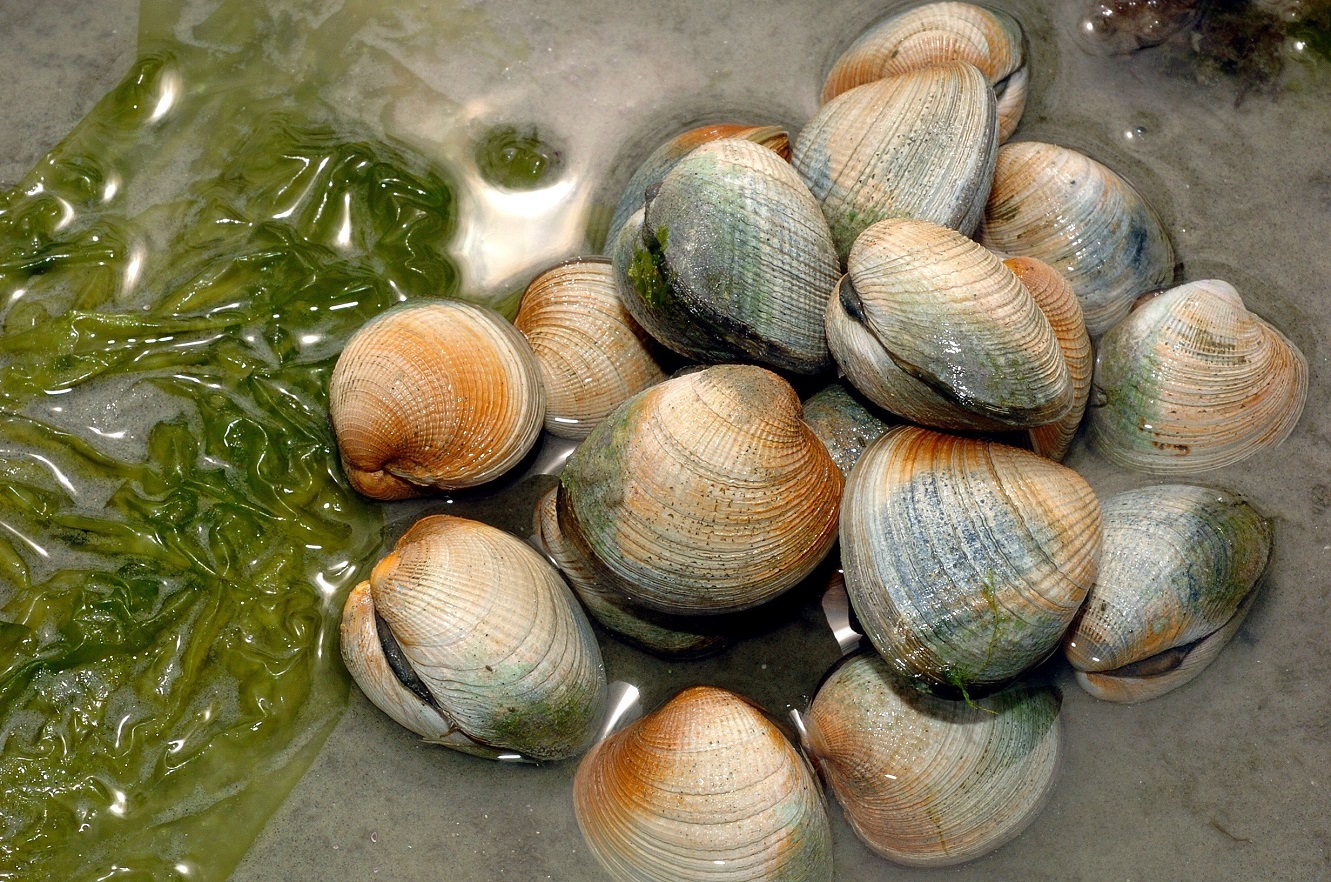
How many are there?
- Let’s be brave and do the maths: On average, each square metre of Otago Harbour sand flat houses something like 50 cockles just below the surface, although there are places with many more (some of the richest shell-beds in the country have over 4000 cockles in a square metre). Since suitable habitat in Otago Harbour is about 4000ha in area, that means there could be about 2 billion cockles in Otago Harbour. If each cockle makes about two grams of shell each year, so that’s about 4000 tonnes of shell per year.
Growing more slowly
- Cockles tell a story: Susan Wells, an MSc student at Otago, measured thousands of growth bands on tuaki from different estuaries around New Zealand, comparing old ones from middens to modern ones. She found that growth rates have slowed down considerably during human occupation of the land, and that growth was particularly slowed-down in places where the catchment is heavily populated — evidence that the overall health of our estuaries has been declining as humans develop nearby. Cockles, despite having no voices, can tell us a story.





